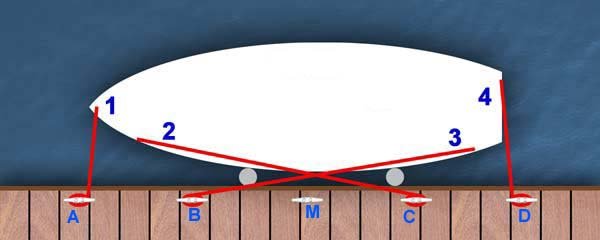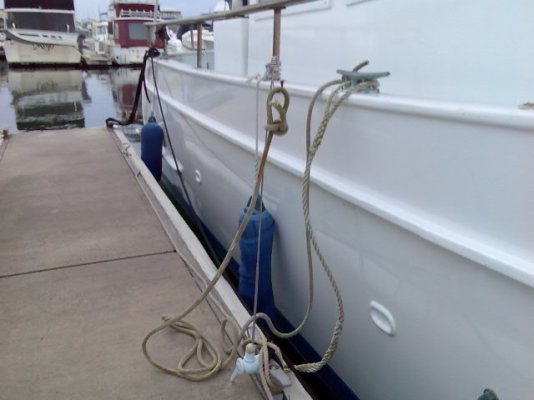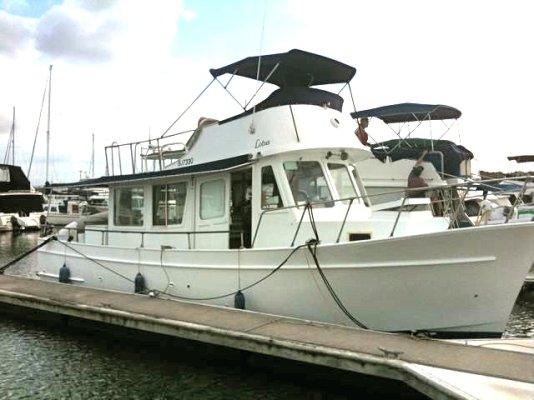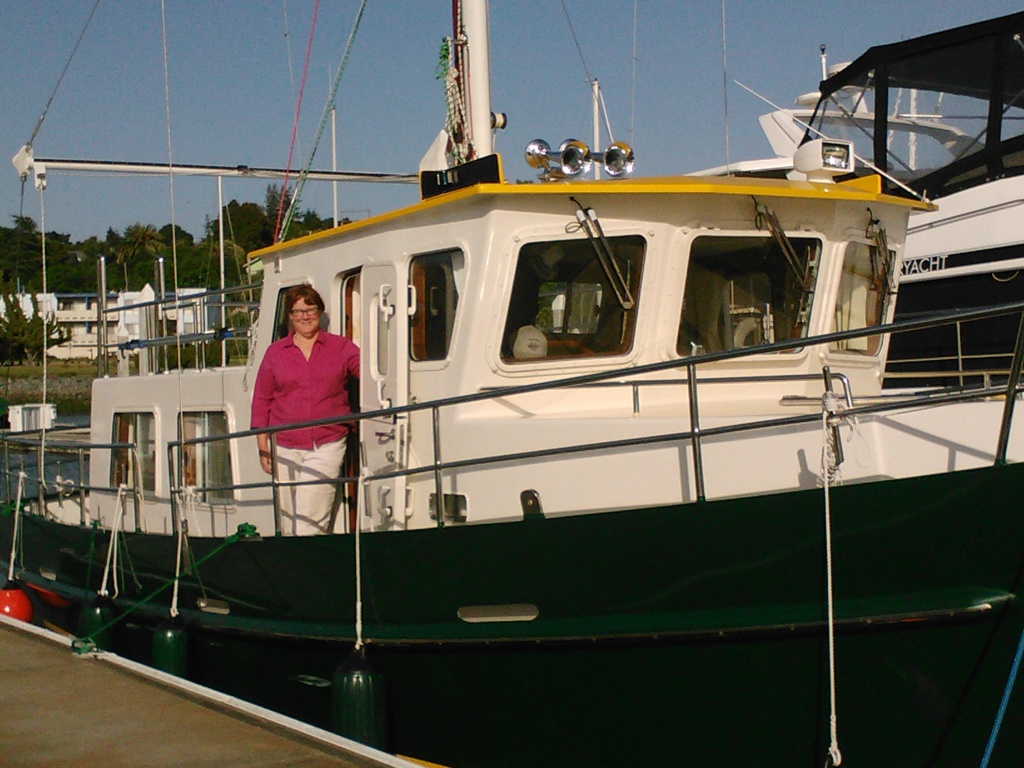Davy Jones
Member
- Joined
- Aug 20, 2012
- Messages
- 13
- Location
- USA
- Vessel Name
- Inspiration
- Vessel Make
- 1974 45' Chris Craft Commander
I would like to see some opinions on dock line tension.
I tend to snug all my lines up until my fenders are touching on both sides for times I am at the boat an back them off a touch when I leave just to save the gelcoat keeping the same amount of sag on all the lines. I cinch them down pretty tight on pending storms forecasting steady strong wind and double up on the bow and stern.
Just wondering what is the school of thought is from some of you old salts. Also what type rope do you perfer braid or strand.
Davy
I tend to snug all my lines up until my fenders are touching on both sides for times I am at the boat an back them off a touch when I leave just to save the gelcoat keeping the same amount of sag on all the lines. I cinch them down pretty tight on pending storms forecasting steady strong wind and double up on the bow and stern.
Just wondering what is the school of thought is from some of you old salts. Also what type rope do you perfer braid or strand.
Davy
Last edited:





 especially for the ladies with longer finger nails. I mean braking a finger nail can ruin a good day of boating!
especially for the ladies with longer finger nails. I mean braking a finger nail can ruin a good day of boating! 
